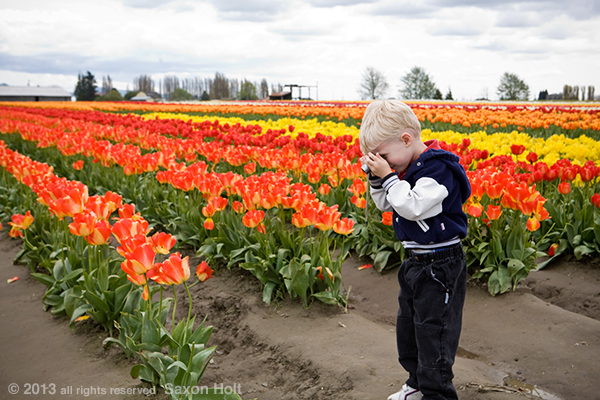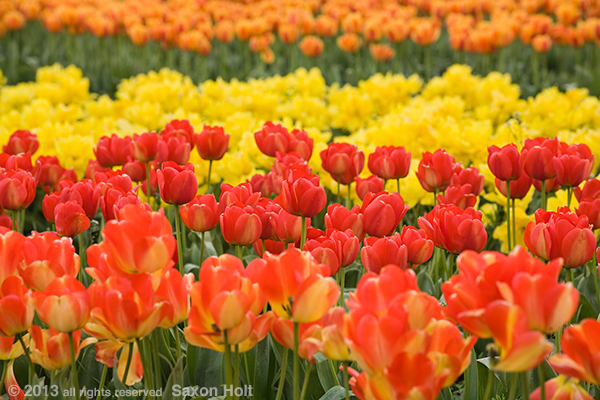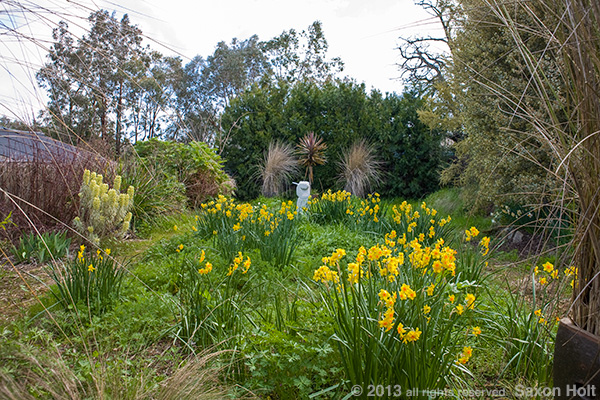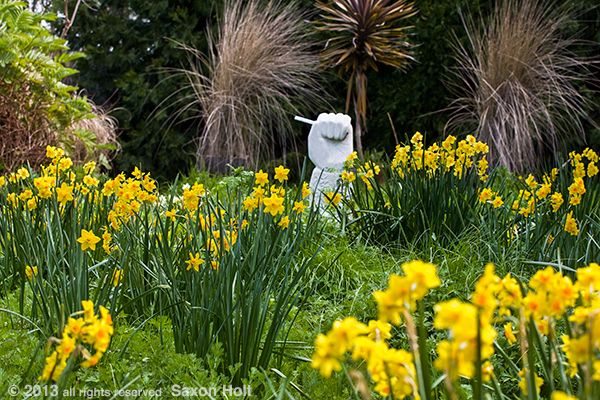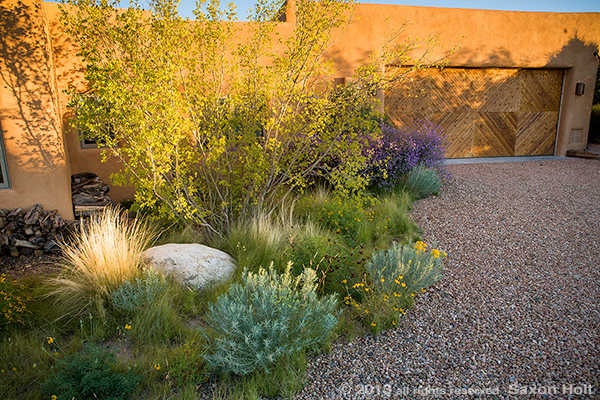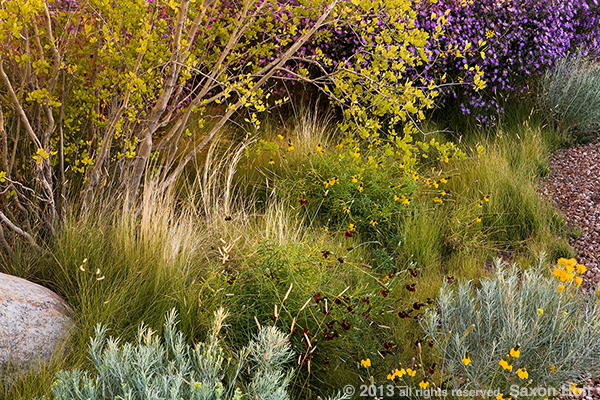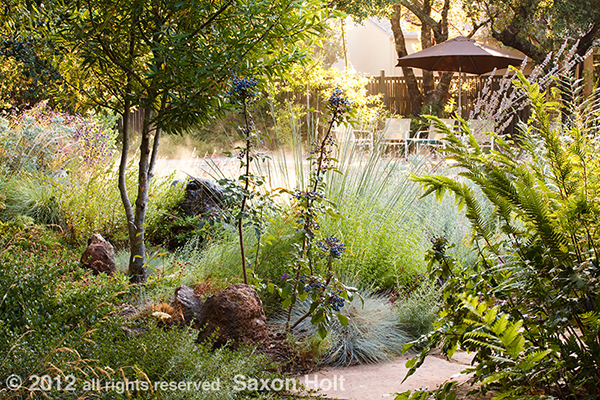If you want to be a garden photographer you need to think like a gardener. You are not just taking a picture of a landscape, you are photographing a garden.
This may seem obvious, but it is important to keep it in mind as you look at a scene and try to tell your story. What is it about the scene in front of you that makes it a garden ? What is it, within your own gardening experience, that you want to say and share ? Remember, the camera always lies, and it is you the photographer that determines what the camera sees.
In this, the beginning of the third section of The PhotoBotanic Garden Photography Workshop, we are going to be working on developing your own style. Style begins with understanding who you are and your strengths. Start here: if you are reading this you love gardens. That was easy.
The best garden photographers are all gardeners. No surprise that, eh ? Each has their own, personal understanding of the workings of a garden and will use that to inform their work and how the story is told. That’s thinking like the gardener within, and that leads to your own style.
We began with “Good Garden Photography”, an overview of the basic elements of telling a story. The second section, “Think Like A Camera”, showed various ways to use the camera as a tool for composition and framing. Now it’s time for you, the gardener to learn ways to see the garden so that you can make the camera a tool of your own vision.
In “Think Like a Gardener” we will look at various elements of a garden that gardeners take for granted and photographers should grab onto. This is my daffodil meadow.
A snapshot view that only documents the location. No real thought went into making this photo.
But thinking like a gardener, I know I planted the dark row of arborvitae to screen the garden from the neighbor, provide a sense of enclosure, and provide background for the meadow. Using that insight, I make a better garden photograph.
Of course, it is my own garden and it was easy to see this, to anticipate this, to use my own garden knowledge to make the photo. But it is still my own interpretation of what I want to say, my style.
When you are in your own garden or visiting one with camera in hand (or on the tripod…), use your own gardening knowledge to find the photos. Think about what you are seeing, trust your instinct, develop your own style of how you tell a a story.
Here is a garden in New Mexico I visited while working on the Meadows book.
This wide view is not a strong picture, its theme is ambiguous. What is the story ? The gardener in me knows the story is about the little meadow treatment. The people I want to see this picture won’t care about the house and driveway.What I love about the garden are the grasses used in combination with perennials and shrubs.
The meadow is what the gardener in me appreciated. That’s what I want my audience to appreciate. Trust your own judgement when looking for a photo, use what you know about gardening to help you find a photo. Think like a gardener.
That will be theme of this section and each lesson will remind you of what you already know about gardening, point to themes and features that are the story lines underlining all gardens, and help you tell your own story.
The California native plant gardener inside me saw this final picture. Were I not a gardener, I doubt I would have seen it, despite the fabulous light.
Think like a gardener; think what a gardener would like to see.

